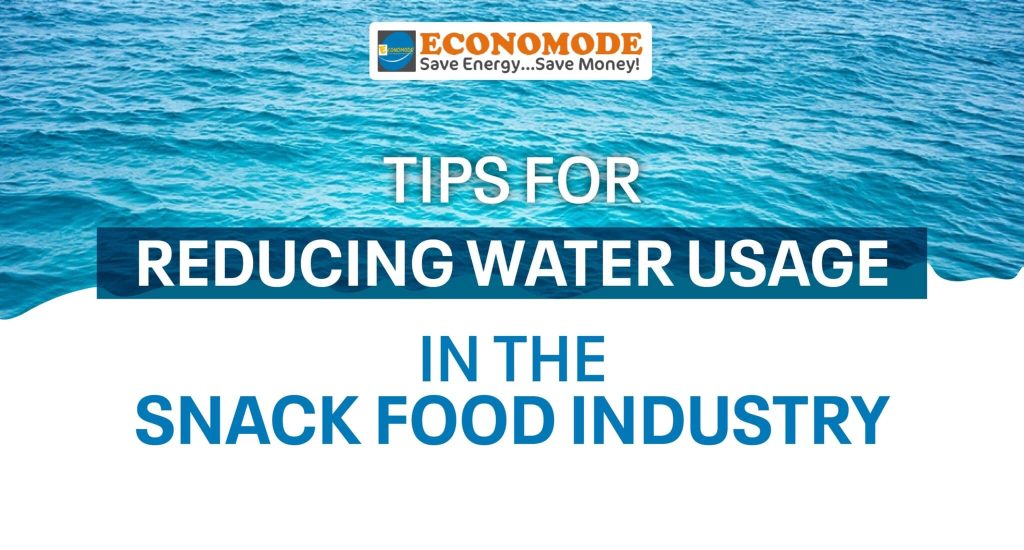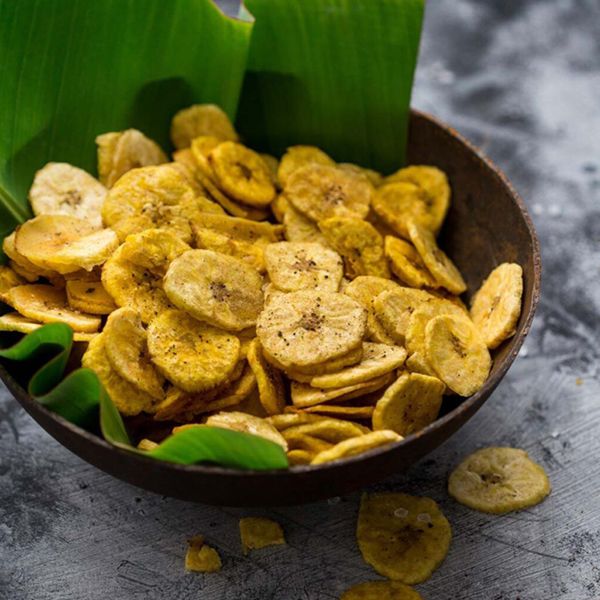
- EconomodeFood
- January 9, 2023
- 6:27 pm
- One Comment
Tips for reducing water usage in the snack food industry
Reading Time: 3 minutes
For everything from production to cleaning to storage to food safety, traditional food production systems consume a lot of water. Although cutting back on consumption is not simple, many food production facilities place a high focus on it as they strive to meet their sustainability objectives. There are various methods to reduce water usage and along with that method, you can install Economode Snack Food Equipment as it is designed to suit every basic need of a snack processing company.
One reason for cutting back on water use in a food processing factory is to help the environment. The increasing frequency of droughts and water shortages is a business reality as well. Water shortages are a concern to businesses, even while this raises environmental issues. If your facility is situated in an area where water shortages are a particular problem and you have fewer Automatic Snack Food Machines the risk is increased.
When it comes to reducing water usage in snack processing, there are several steps you can take.
You should consider using recycling methods whenever possible. This can be done by looking for recycling bins throughout your facility. There are some of the following reasons to use less water while processing snack food:
Expectations of consumers and the desire of a growing number of consumers that the food they purchase be produced sustainably
Greater governmental oversight of water use
Utilizing less water can help you save money.
Additionally, you can cut costs by paying less for wastewater treatment and disposal charges.
To maintain sustainable Snack food processing
Outlined below are some of the crucial steps that will have a huge impact on how much water you use every day at your snack processing facility!
Conduct a water audit: A water audit can help identify areas where the company is using more water than necessary. It can also help identify leaks and other inefficiencies in the water system.
Implement water-saving technologies: There are many technologies available that can help reduce water usage in the snack food industry. For example, low-flow fixtures, water-efficient irrigation systems, and greywater recycling systems can all help reduce water usage.
Your facility’s equipment should be made as simple to clean as feasible. The Economode Snack Food Equipment is easier to clean, which minimises the time it takes to clean it as well as the amount of water needed.
Develop a water conservation plan: A water conservation plan can help the company set goals for reducing water usage and establish specific strategies for achieving those goals.
Educate employees: Employees can play a crucial role in reducing water usage. By educating them about the importance of water conservation and the steps they can take to save water, the company can encourage them to be more mindful of their water usage vehicle operating an automatic Snack Food Machine.
Consider alternative sources of water: In some cases, it may be possible to use alternative sources of water, such as recycled water or rainwater, and maintain a sustainable Snack food processing. This can help reduce the company’s reliance on fresh water.
Monitor water usage: Regularly monitoring water usage can help the company identify areas where water usage can be further reduced and ensure that the company is meeting its water conservation goals.
Water Reuse and Recycling
Your manufacturing facility will use less freshwater as a result of recycling and reusing water. You will thus use less water overall.
Water can be recycled and used again in a variety of ways. In particular, this applies to machinery with cleaning-in-place (CIP) features.
For instance, Economode Snack Food Equipment provides snack industries with built-in water-reuse systems. Reusing filtered water for the primary wash cycle and using freshwater solely for the post-wash rinse is a typical approach in these machines. Additionally, the rinse water is filtered and used again for the primary wash cycles.
Production Processes and Scheduling
As cleaning is frequently necessary between batches and products, batch operations, which are prevalent in food processing facilities, necessitate more frequent cleaning than, say, continuous manufacturing methods.
The amount of cleaning necessary can be decreased, which will ultimately reduce water usage in snack processing by revising production schedules, including the use of continuous manufacturing when it is practical.
In a nutshell, I would say that in order to reduce water usage in the snack food industry.
-First, identify the sources of water that are most problematic for your business.
-Next, find ways to reduce those sources.
-Finally, implement a plan to manage those issues and make sure you’re using as little water as possible.
If you find this blog to be useful, please comment!




